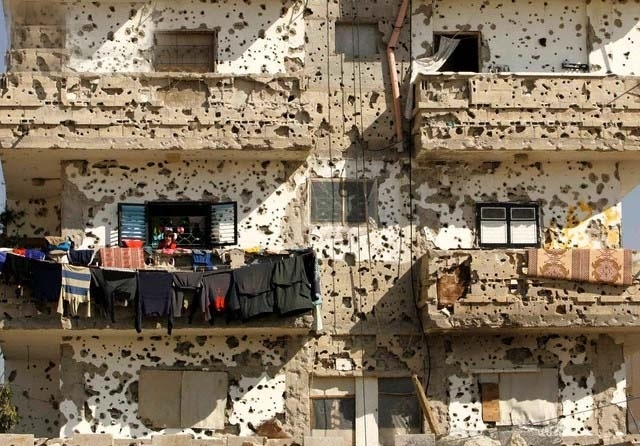Area: Gaza
Population Size: 104,000
Established date: 1949
Background:
Rafah camp, established in 1949, is located in the south of Gaza, near the Egyptian border. In the year after Rafah camp was created, thousands of refugees moved from the camp to a nearby housing project at Tel El-Sultan, making the camp almost indistinguishable from the adjacent city.
Originally home to 41,000 refugees who had fled from the hostilities of the 1948 war, Rafah is now home to more than 104,000 refugees. High population density is a major problem, with people living in crowded shelters along extremely narrow streets.
Blockade
The blockade on Gaza has made life more difficult for many refugees in the camp. However, since the “adjustment” to the blockade, Gaza witnessed a construction boom due to the illegal materials entering Gaza through the tunnels with Egypt enriching some people in the camp.
However, unemployment levels remain very high, leaving a staggering proportion of the population dependent on UNRWA’s food and cash assistance. Basic hygiene is also of great concern in the camp, where 90 per cent of the water is unfit for human consumption.
Flower economy
Export of carnations was a key element of the Rafah economy before the blockade. However, since the start of the blockade in June 2007, only a small number of truckloads of carnations have been permitted to be exported from Gaza.
School buildings
With a school population that increases by an average of 10,000 children per year and a ban on legal building materials for schools, UNRWA had to find urgent solution to accommodate students. One solution was to have some classes held in the school yard.
In Rafah, a school was built from shipping containers. Each of 15 classrooms is made from two containers welded together, with a door and windows cut out. For the school’s 453 students, the hot months are extremely hot and the rainy months are very cold due to a lack of ventilation and insulation in the steel containers.
Statistics
- More than 104,000 registered refugees
- 25 school buildings, 17 operating on double-shifts, to accommodate 42 schools in total
- One food distribution centre
- One health centre
- Demographic profile:
Major problems
- Overcrowding
- Unemployment
- Housing shortage
- Access to adequate water supply
----------------------
UNRWA website


